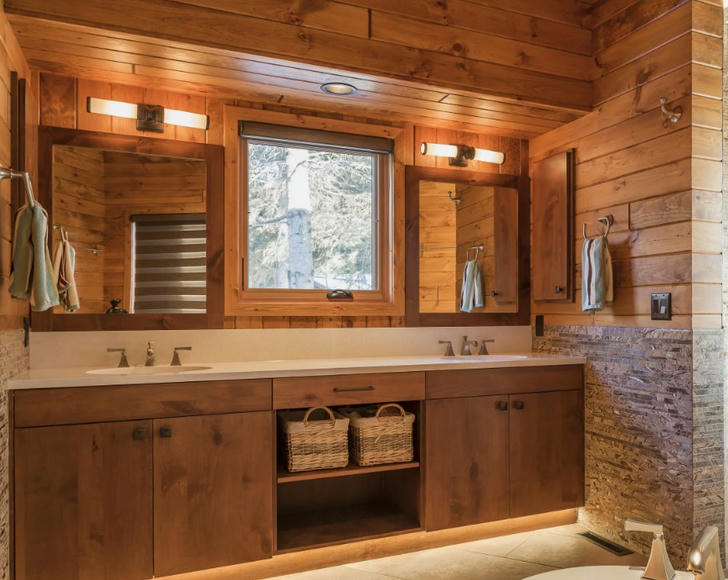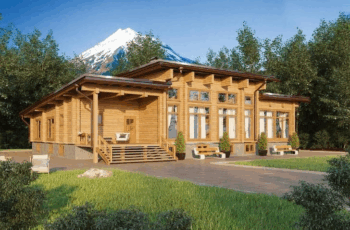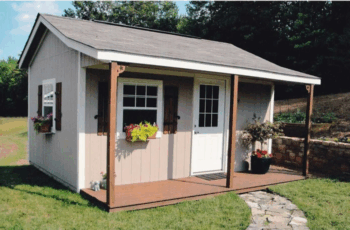
As the log cabin market evolves, understanding what buyers want is becoming essential for manufacturers and builders. Recent surveys offer valuable insights into key preferences shaping modern log cabin design. These range from layout and functionality to sustainability and community features. This article dives into those findings, with examples and practical tips for builders and designers eager to meet these changing demands.
Key Design Preferences
Open Floor Plans and Flexible Spaces
One of the strongest trends is a clear preference for open floor plans. Buyers want spacious, adaptable areas that encourage easy interaction and movement. Open-concept layouts make cabins feel larger and more inviting.
Example: A family designed their log cabin with an open main living area combining kitchen, dining, and lounge spaces. They found this setup promoted family togetherness and created a lively, engaging environment.
Tip: Builders should minimize unnecessary walls and use multifunctional furniture to maximize space and flow.
Ample Natural Light
Natural light ranks high on buyers’ wish lists. They appreciate the mood-enhancing and energy-saving benefits it brings. Large windows, skylights, and open interiors are popular choices.
Example: A couple prioritized panoramic windows to capture stunning landscape views, enhancing their connection to nature and seasonal changes.
Tip: Thoughtfully place windows to frame views and flood interiors with light; consider sliding glass doors to boost indoor-outdoor flow.
Energy Efficiency and Sustainability
Eco-consciousness is growing among buyers who seek energy-saving designs and sustainable materials to reduce their carbon footprint and lower utility bills.
Example: A builder sourcing local timber has attracted environmentally aware clients by supporting local economies and cutting transport emissions.
Tip: Focus on energy-efficient appliances, quality insulation, and renewable energy options like solar panels. Partner with local sustainable suppliers and openly share sourcing info with customers.
Functional and Modern Amenities

Smart Technology Integration
Modern buyers want the rustic appeal of log cabins paired with up-to-date tech like smart thermostats, security systems, and energy monitors.
Example: A couple with a smart-enabled cabin enjoys remote control of heating and lighting, optimizing comfort and efficiency—a major selling point among their friends.
Tip: Offer customizable smart home packages to appeal to tech-savvy clients.
Outdoor Living Spaces
Outdoor amenities such as decks, patios, and fire pits are highly desired for relaxation and socializing.
Example: A family built a large deck with an outdoor kitchen, creating a central spot for gatherings and fireside chats, blending nature and convenience.
Tip: Prioritize outdoor spaces like covered patios and kitchens to enhance cabin usability and charm.
Conclusion
For builders and manufacturers, tuning into consumer preferences is key to thriving in the evolving log cabin market. Open layouts, abundant natural light, sustainable practices, smart technology, and outdoor living areas top the list. By embracing these trends, the industry can craft cabins that offer both a strong connection to nature and modern lifestyle comforts.
Incorporating these actionable solutions—open designs, eco-friendly sourcing, smart tech integration, and inviting outdoor spaces—will position builders to meet buyer expectations and build lasting homes that marry rustic charm with contemporary living. The future of log cabins lies in this balanced approach, creating spaces people truly want to call home.


